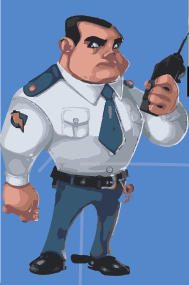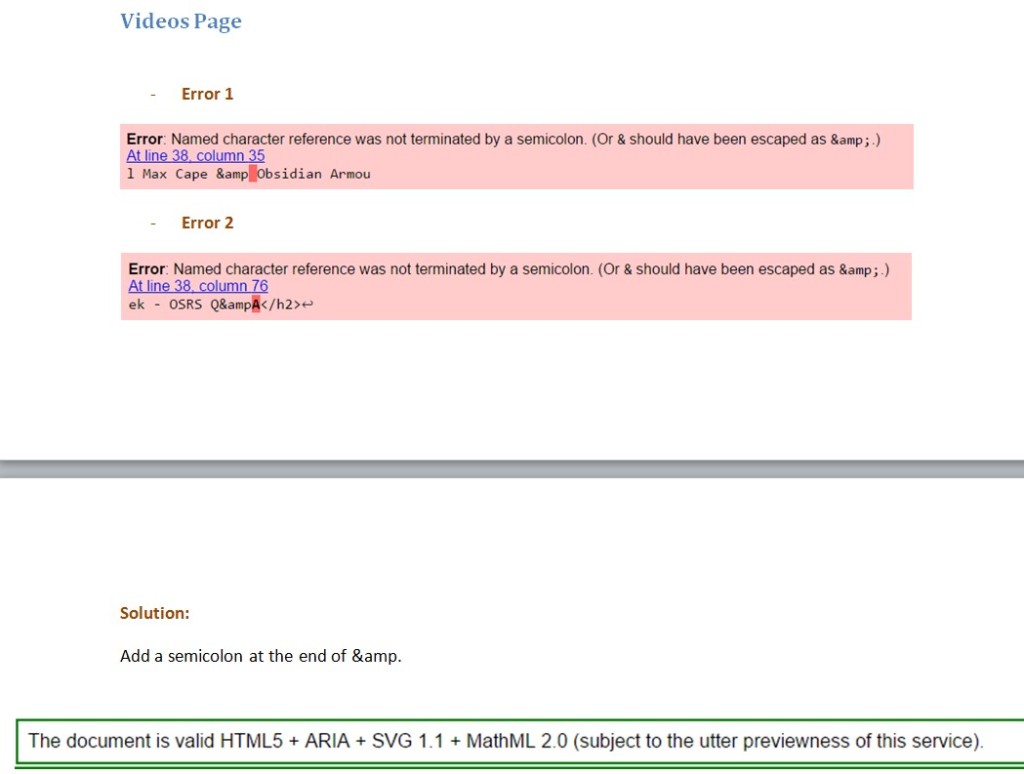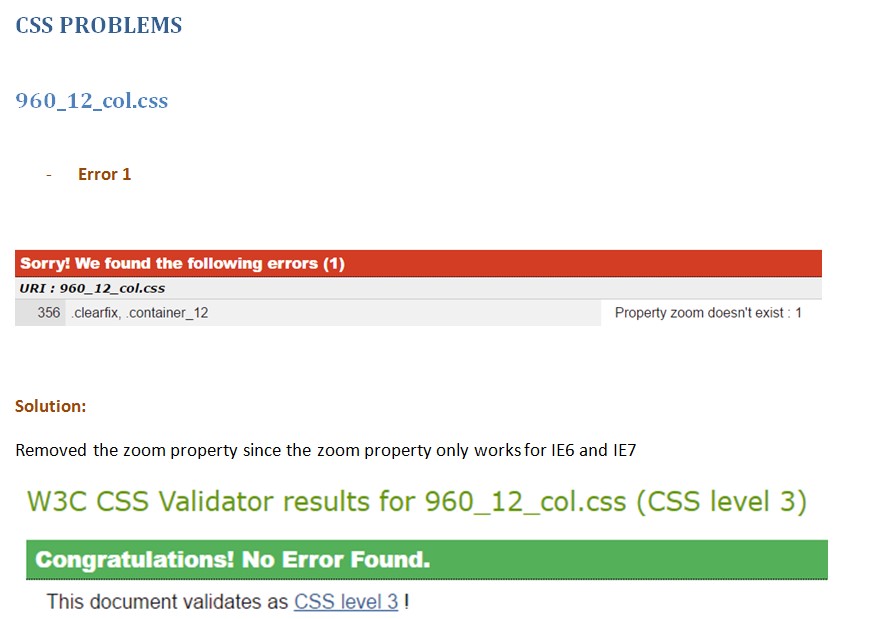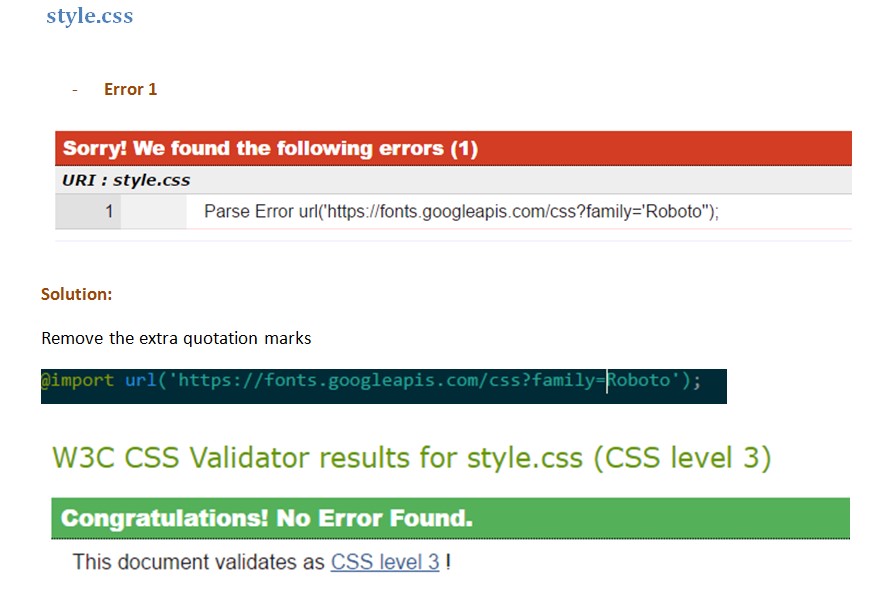For an upcoming assignment, our lecturer split us into groups of 2 and we have to work together until the assignment is finished which is due in January. Everyone found a partner eventually and I was the only one who didn’t and was left for last. This resulted in me ending up with the other last person who didn’t have a partner.
I got to admit that I didn’t really feel good about this, because truth of the matter is I would have much preferred to partner up with students whom I know I get along better with and students which I spend more time with and work well together.
The bad thing about this partnership was that I was partnered up with someone that when it comes to school, he doesn’t really give his best and leaves everything for the last minute when it comes to assignments.
Two weeks ago we had our first part of the assignment where we had to do our pitch presentation about what mobile application we were going to design, and I told him how we should split the work. I worked on my mobile app design while he worked on the web-server side. I informed him on what we should do and what was to be included in the web-server side and I assumed that he got the idea, but at the end we found out we had some discrepancies. What I should have done in this situation was not to assume anything and check the work he had done.
From day one, when we were given the assignment brief, I should have started looking for a partner which I know I would have worked better with.
If I get any more group projects in the future, I will take action on day one and will also never make any assumptions that what the other person did was good and up to standard, but rather check out for myself.
Don Miguel Ruiz (1997, p. 65) in his book The Four Agreements states ‘It is always better to ask questions than to make an assumption, because assumptions set us up for suffering’.
References
Ruiz, D.M. (1997). The Four Agreements. California: Amber-Allen Publishing, p. 65.

































